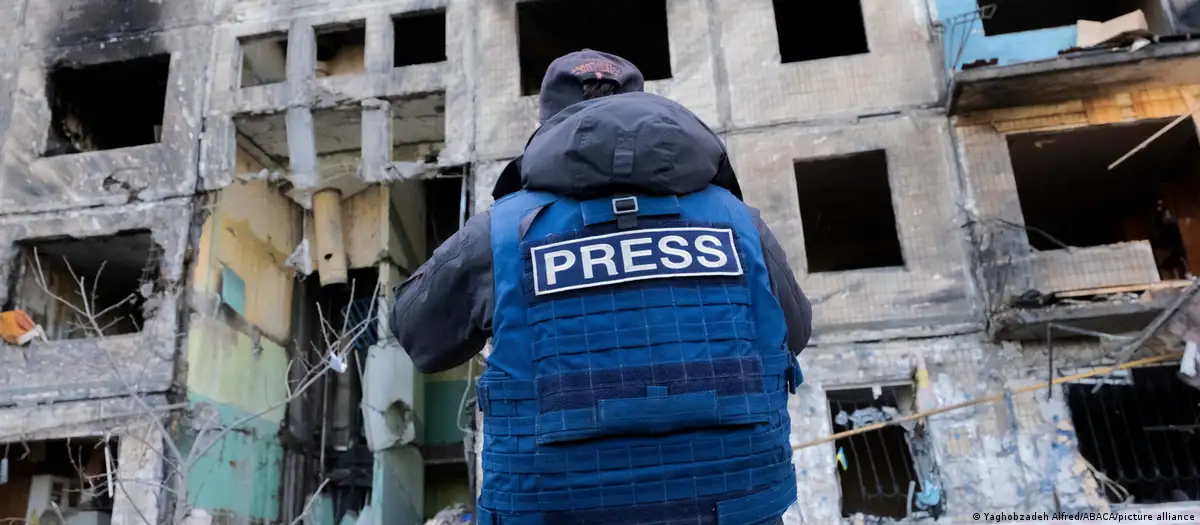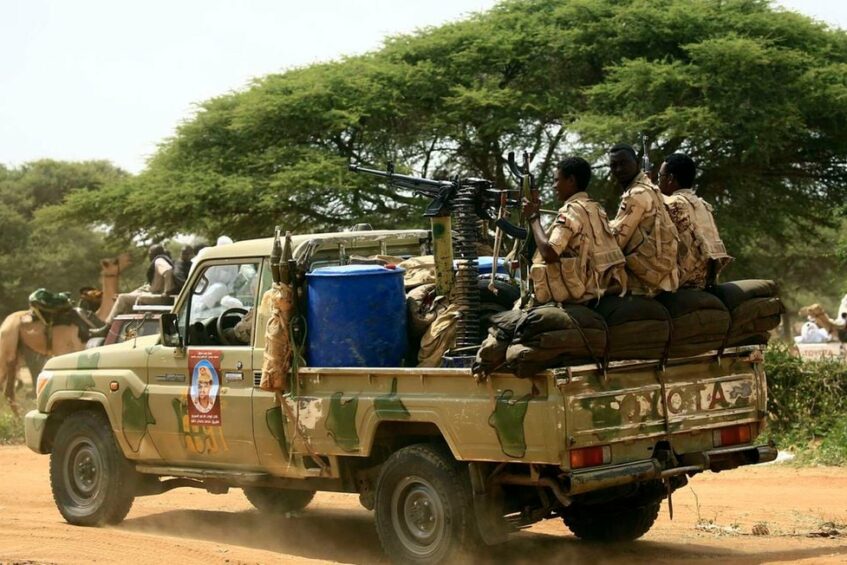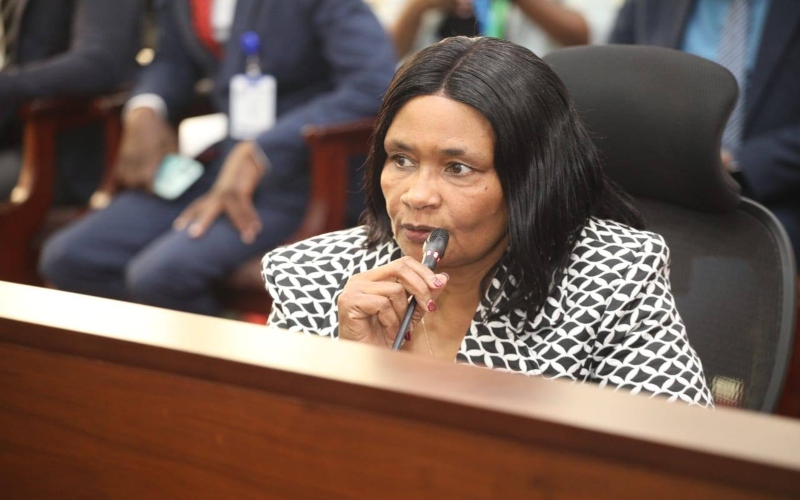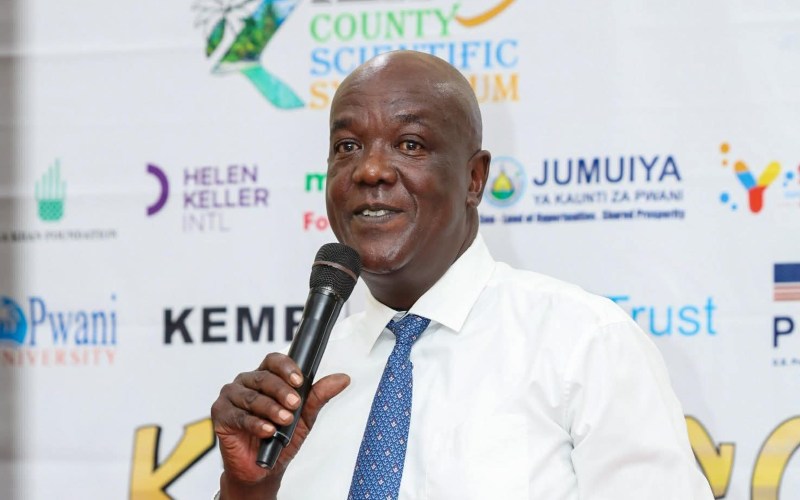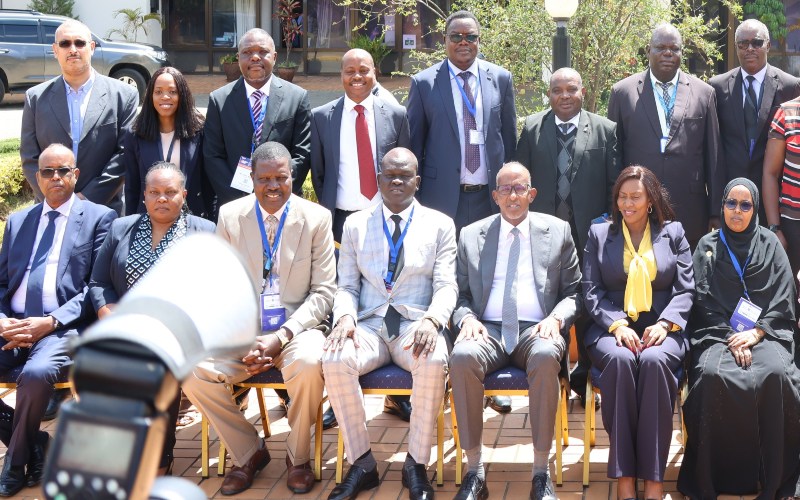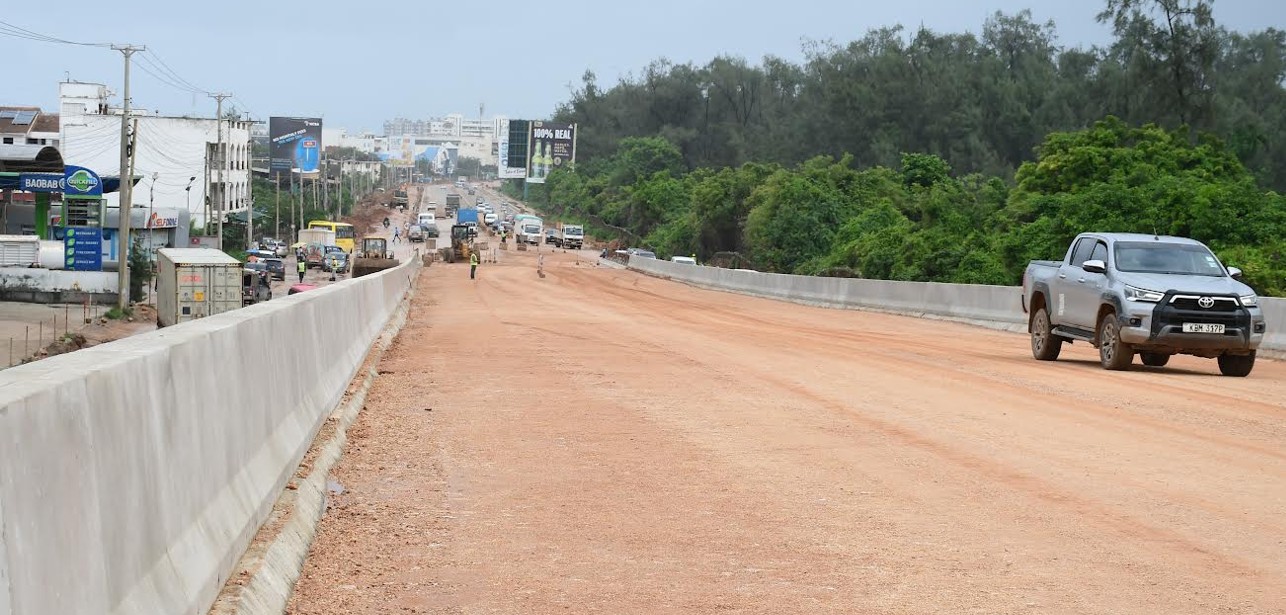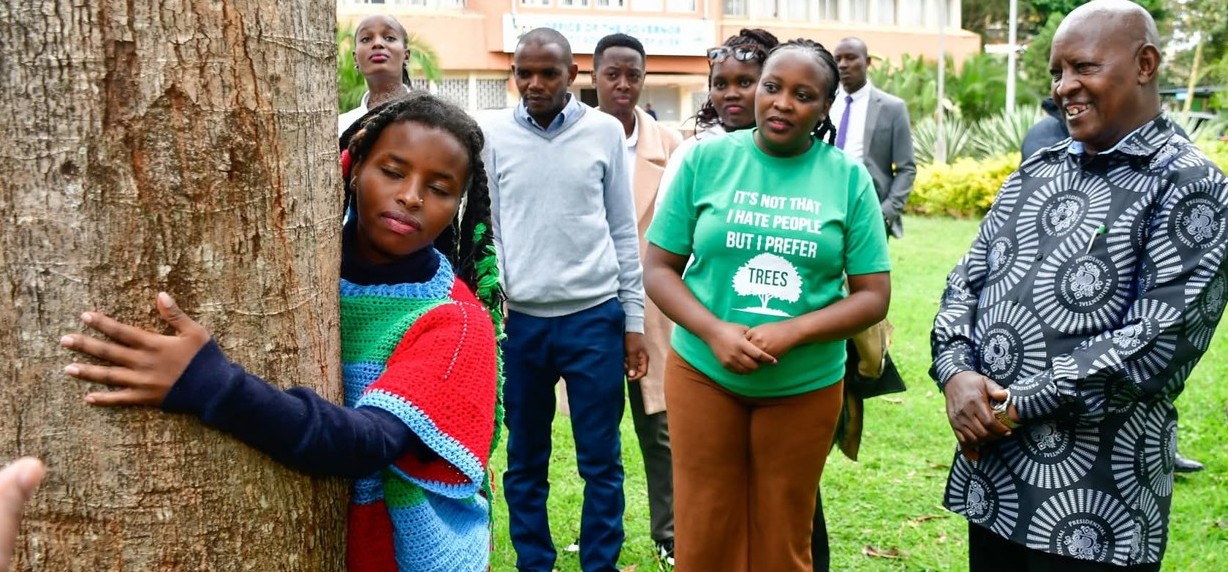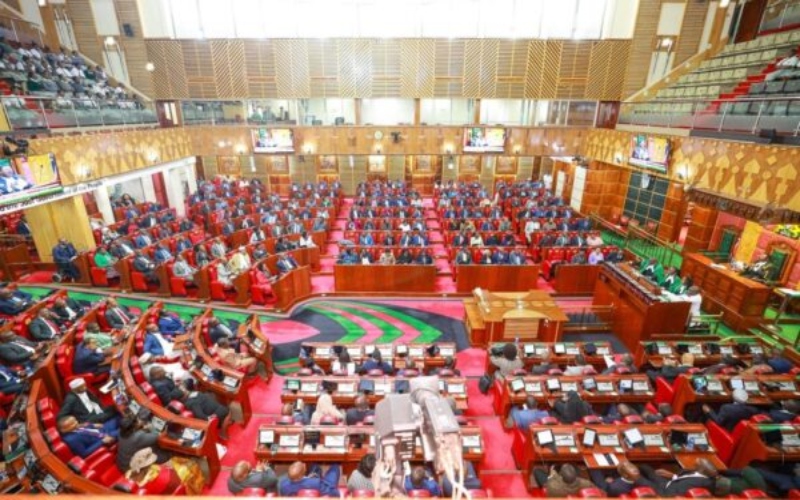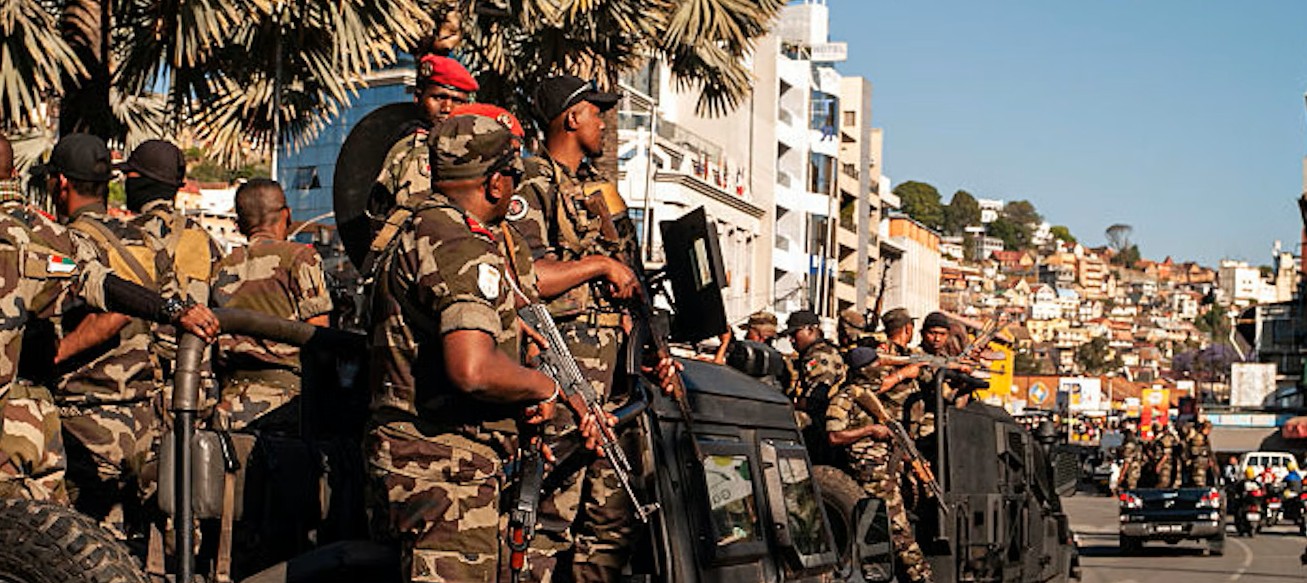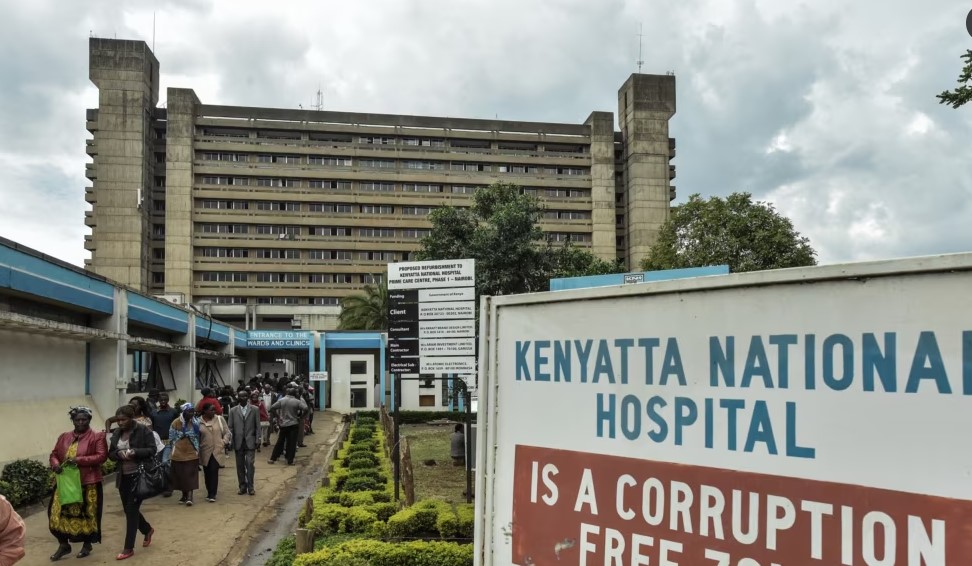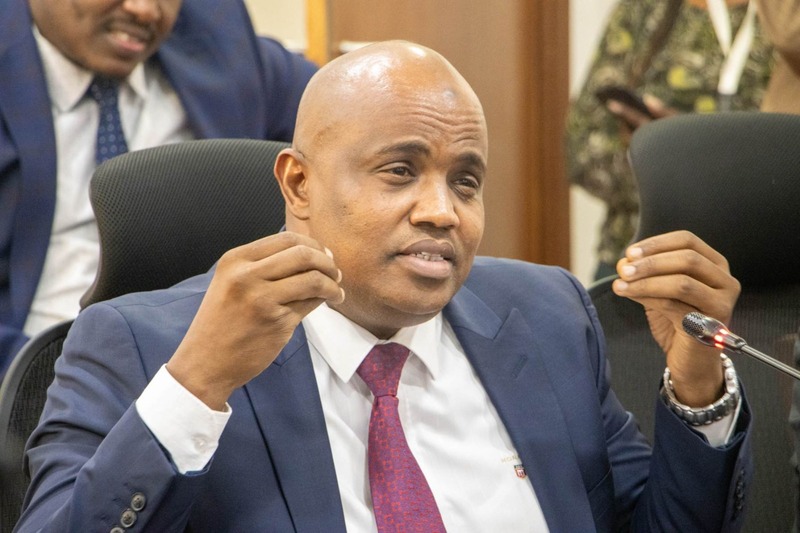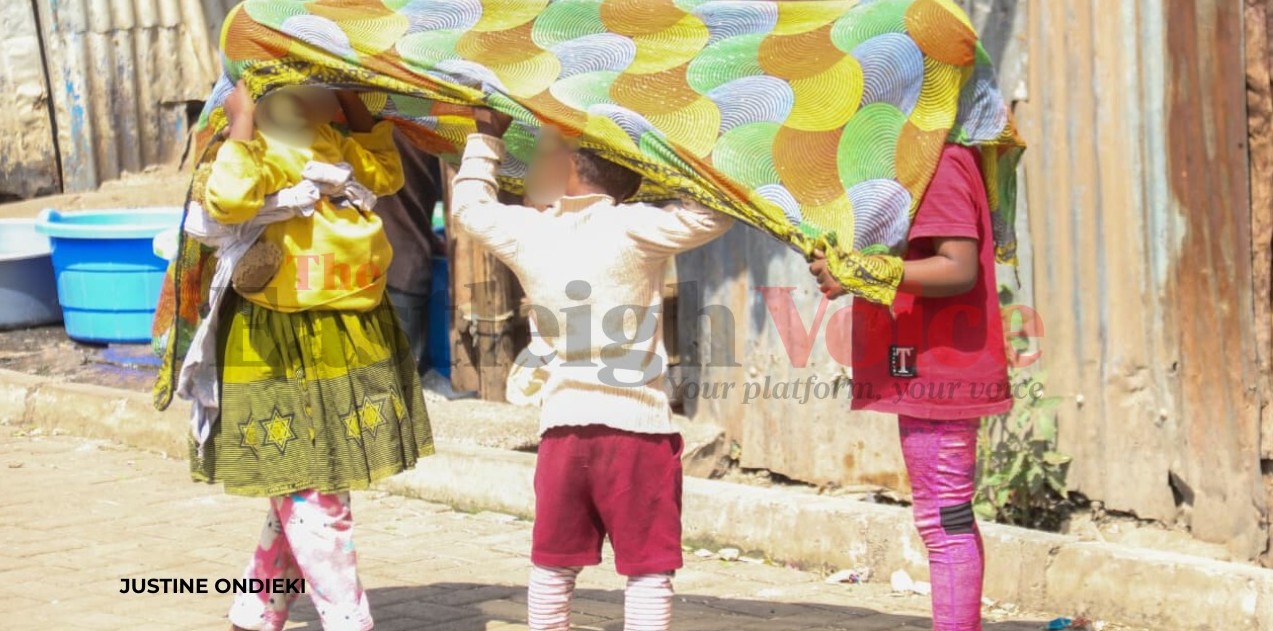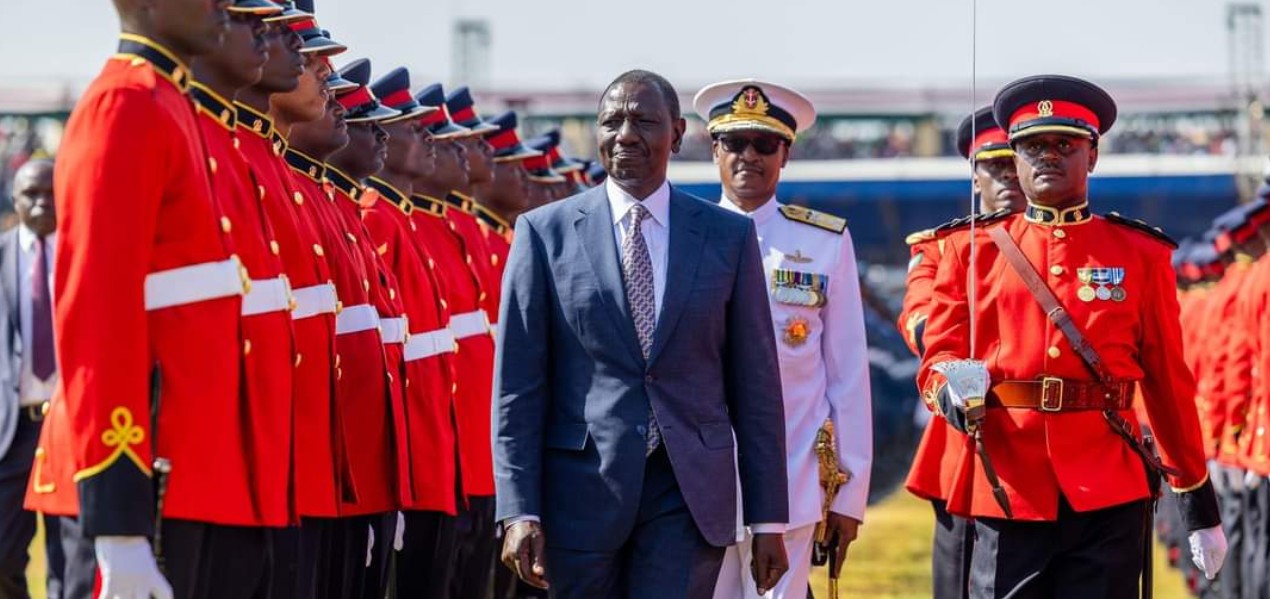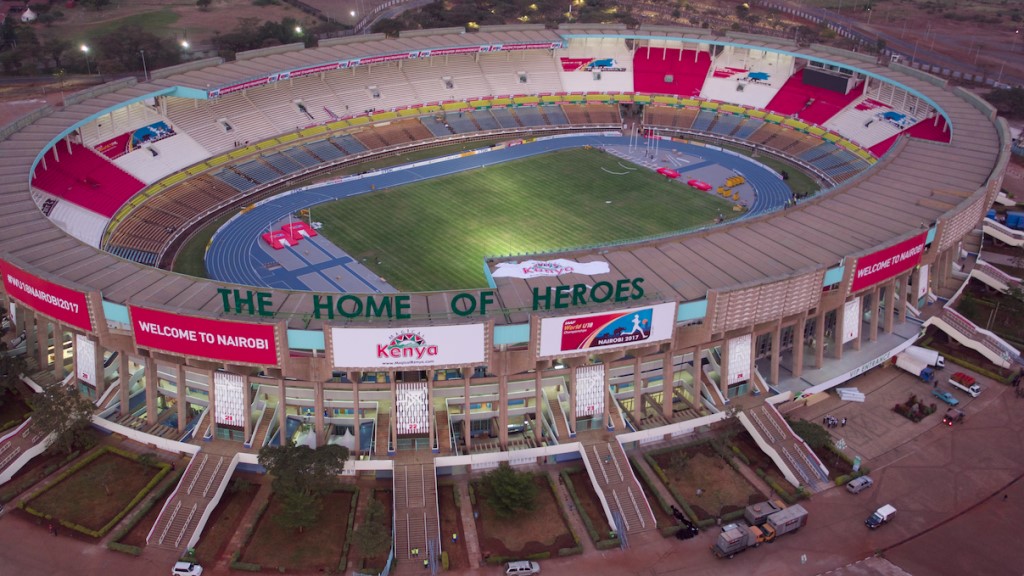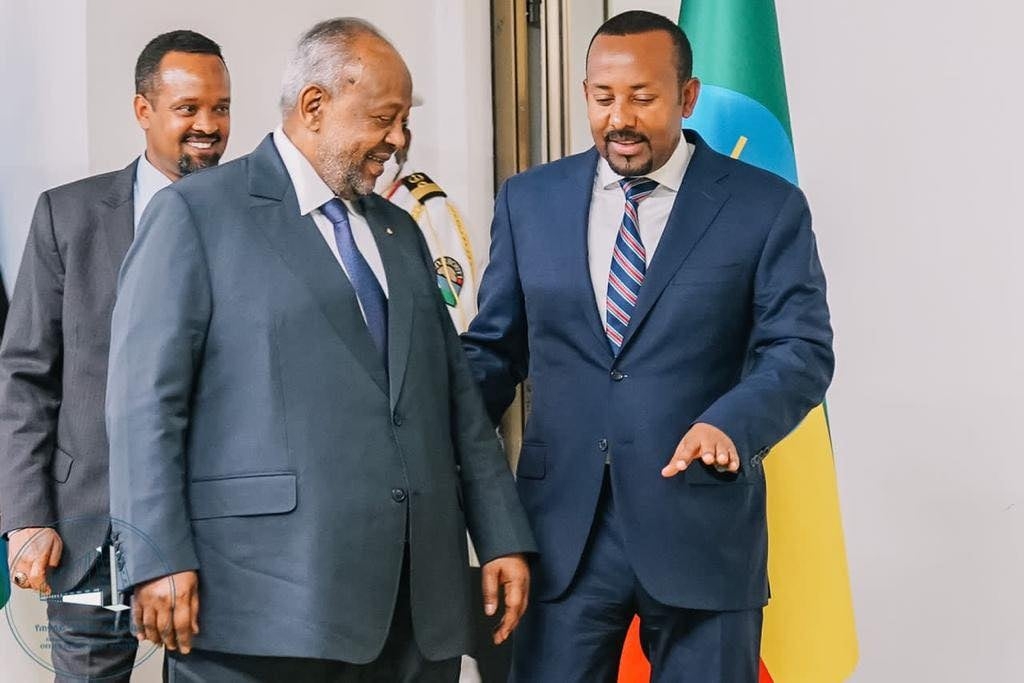Ruto vs Kenyatta: Quiet power struggle over DRC peace process
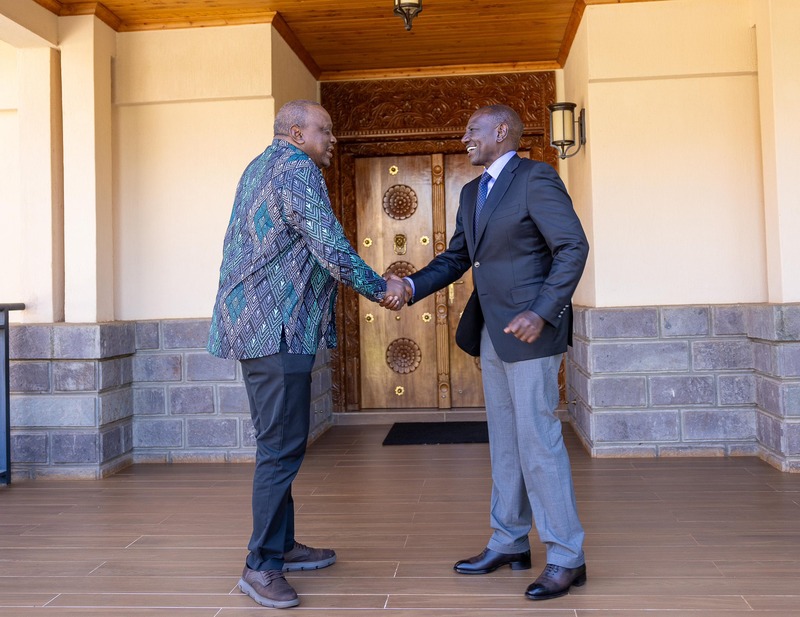
Sources privy to the closed-door deliberations during the joint EAC-SADC summit reveal that it was Rwandan President Paul Kagame who proposed the expansion of the merged Nairobi-Luanda peace framework, which Ruto is supporting.
President William Ruto's recent remarks at the Diplomatic Corps Address have sparked fresh speculation over growing tensions with his predecessor, Uhuru Kenyatta.
At the core of the disagreement lies the future of peace efforts in the Democratic Republic of Congo (DRC). Ruto called for merging the AU-Luanda Process and EAC-led Nairobi Process into one framework, arguing that running them concurrently creates "unnecessary competition and avenues for forum shopping."
More To Read
- M23 rebels hands over minors taken from conflict zones in North Kivu, DRC
- UN decries ‘truly horrific’ massacres in DR Congo
- Rwandan, Belgian foreign ministers hold talks to mend ties after months of tension
- DR Congo, M23 commit to ceasefire and humanitarian protocols with new peace deal
- DRC and M23 rebels sign Doha Peace Framework in bid to end conflict
- DRC and Rwanda draft agreement to boost trade and investment
This merger, according to Ruto, would streamline efforts and avoid duplication. However, Uhuru Kenyatta, who leads the Nairobi Process, appears less enthusiastic. His confidential report to the recent EAC-SADC Summit in Dar es Salaam made no mention of merging the two processes.
Instead, Kenyatta emphasised the need to revive and fully fund the Nairobi Process, which he believes is key to fostering intra-Congolese dialogue.
Diplomatic power play
The Nairobi Process has been praised for bringing armed groups to the negotiation table, while the Luanda Process focuses on reconciling DRC and Rwandan leaders. The weekend summit communiqué called for merging the two processes, now dubbed the Luanda/Nairobi Process, and mandated the appointment of additional facilitators.
Sources privy to the closed-door deliberations during the joint EAC-SADC summit reveal that it was Rwandan President Paul Kagame who proposed the expansion of the merged Nairobi-Luanda peace framework, which Ruto is supporting.
His suggestion, which found its way into the final communique, emphasised appointing additional facilitators—primarily former heads of state—from various regions across Africa to engage in direct dialogue between the Congolese government and the M23 rebel group.
Kagame's proposal came against the backdrop of his earlier criticism of the Nairobi and Luanda processes during an EAC summit in late January. In his pointed remarks, Kagame accused the processes of losing focus on their core mission.
"The Nairobi Process became a Uhuru Process, the Luanda Process is like you cannot say anything that will displease President Lourenço," he said, referring to Kenya's former President Uhuru Kenyatta and Angola's President João Lourenço.
"These processes became an end in themselves, and the people leading these processes became more important than the results of the processes." By advocating for broader facilitation, Kagame's team says it is a desire to shift the focus back to results-driven diplomacy, potentially diluting the influence of those who have previously led the peace efforts.
Critics, however, view the merger push as a strategic move by Ruto to reduce Kenyatta's influence over regional diplomacy. Diplomatic sources warn that merging the two may prove difficult due to their differing mandates and funding structures.
"The Luanda Process is authorised by the AU's Peace and Security Council (PSC), while the Nairobi Process is under the EAC. They serve different purposes, and merging them may not be practical," said a senior diplomatic source.
Funding uncertainty
The Nairobi Process has struggled with inconsistent funding from the EAC, unlike the Luanda Process, which receives more structured support from the AU. The summit communiqué offered little clarity on how these processes will be merged or funded, raising concerns about the merger's viability.
What's next?
Ruto must now convince regional partners that a unified framework can succeed where others faltered while navigating the balancing act. For Kenyatta, the challenge lies in preserving the Nairobi Process's legacy while adapting to new realities.
Ultimately, the success of this merger will depend on whether leaders can overcome these political and structural hurdles—or whether this diplomatic tug-of-war will weaken Kenya's influence in the region.
Top Stories Today
